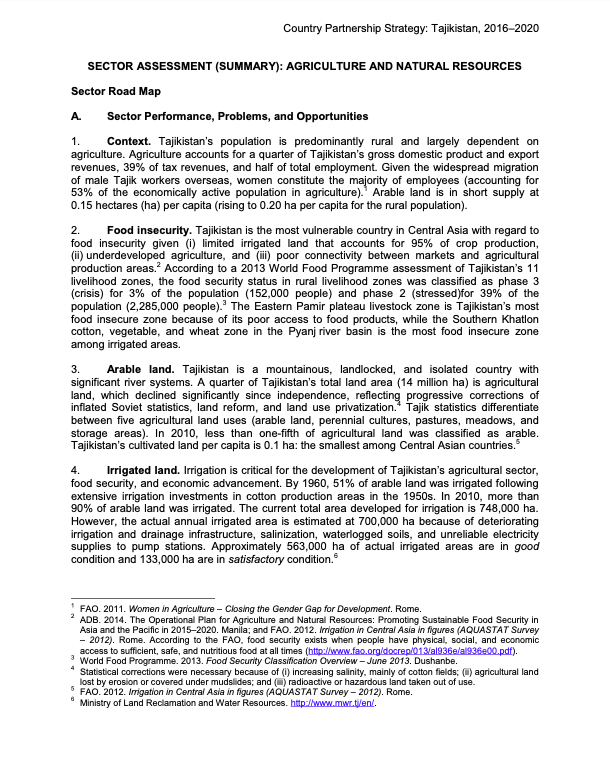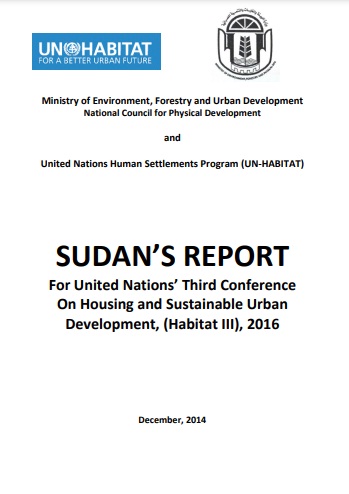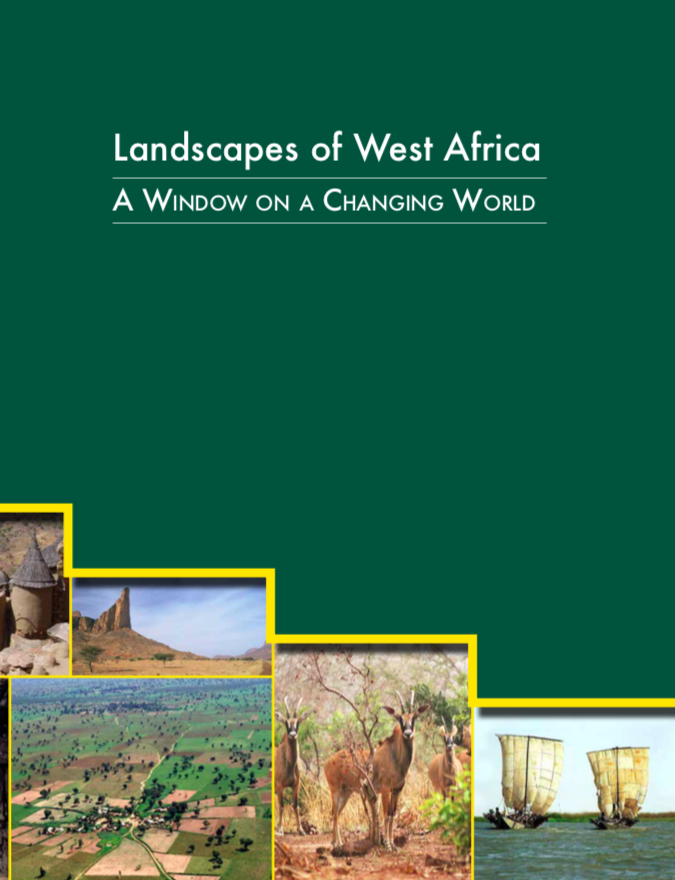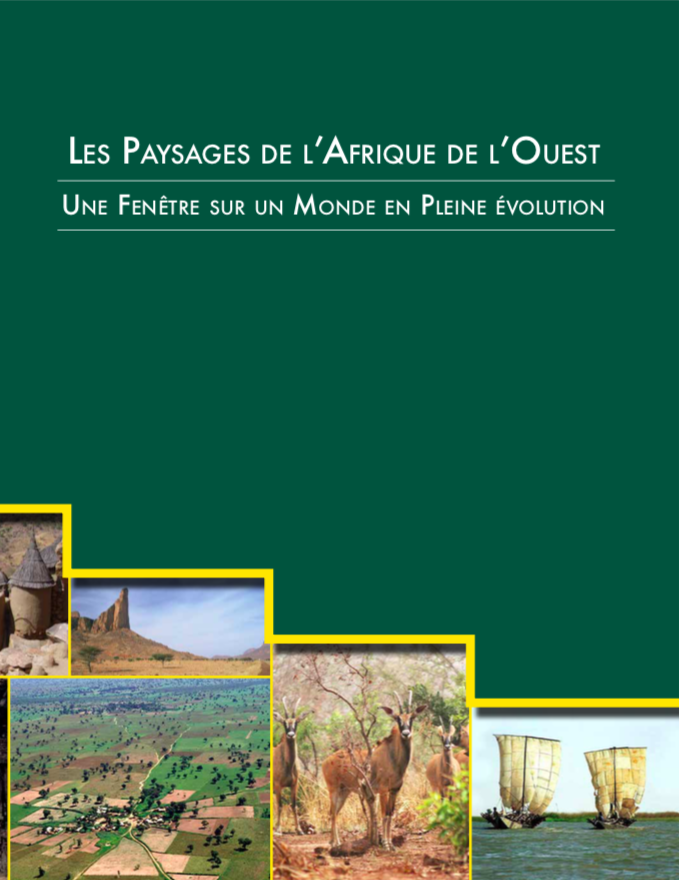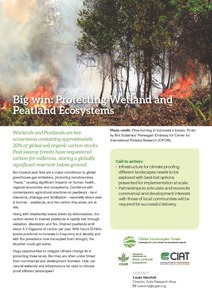Mongolia Strategic Plan FY17-21
This Strategic Plan to be implemented during a period from 2017 to 2021 is all about a contribution of WWF Mongolia towards successful and thriving co-existence of human beings and environment in Mongolia, particularly in two areas, namely Altai Sayan and Amur Heilong Ecoregions those have been named as important hubs and potentials for conservation.


